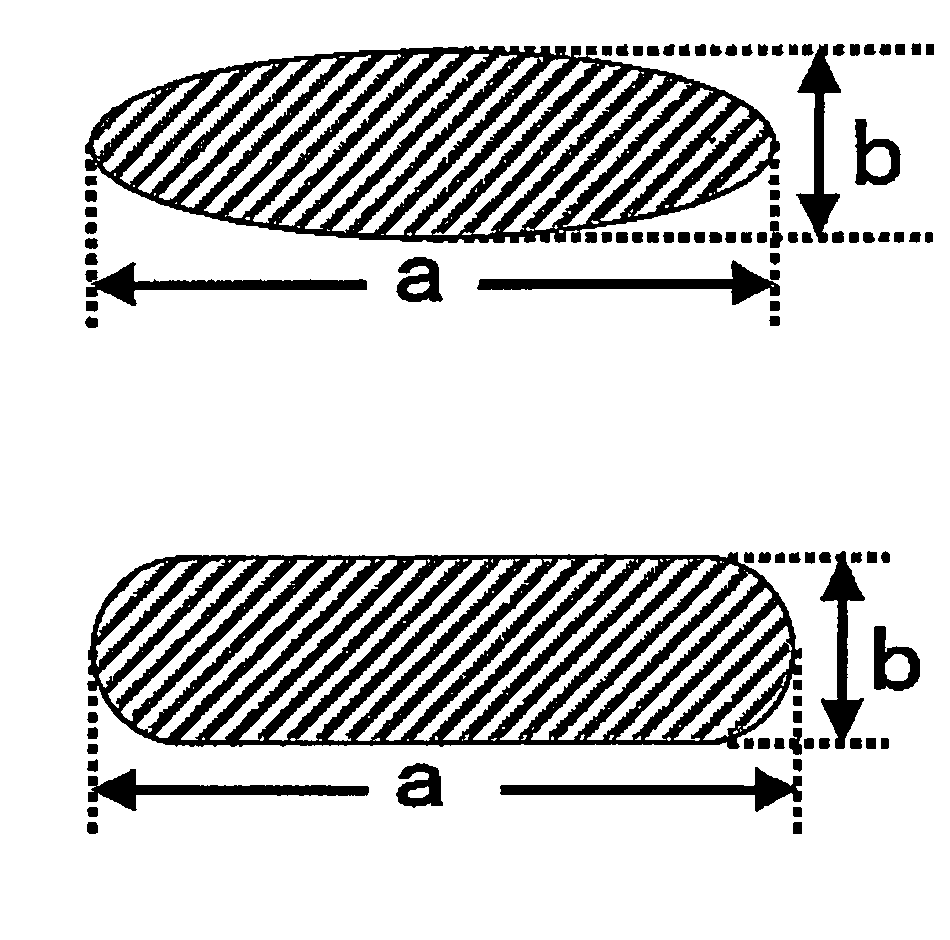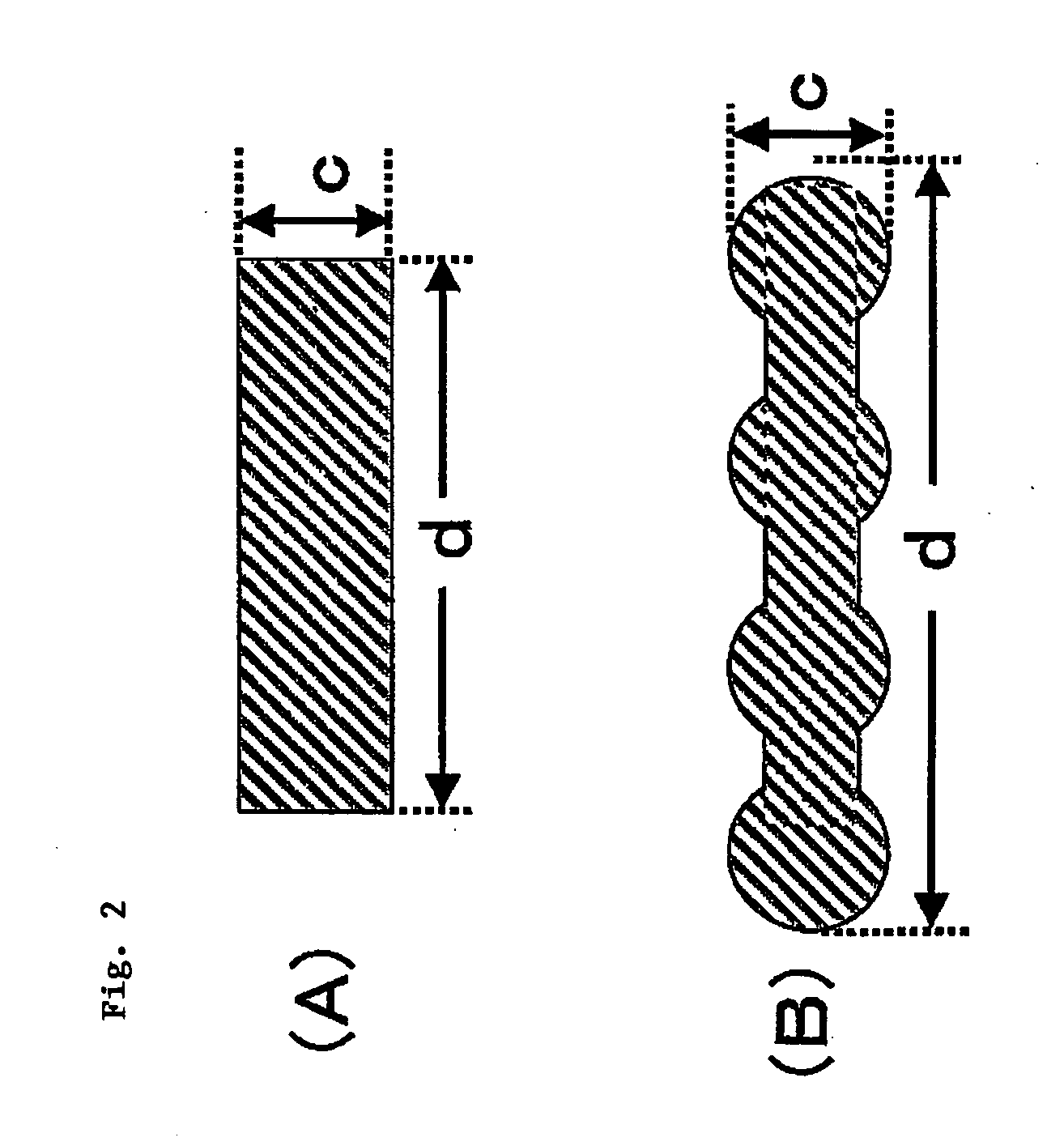Base cloth for coated airbag and method for manufacturing the same
a technology of airbag base cloth and base fabric, which is applied in the direction of weaving, pedestrian/occupant safety arrangement, vehicular safety arrangement, etc., can solve the problems of unsatisfactory fabric formed of fibers in point of reducing thickness, increasing the thickness of flexible fabrics, and achieving improved compactness and containability of coated base fabrics. achieve better coverage capability, reduce the fineness of filaments, and improve the effect of retaining flexibility
- Summary
- Abstract
- Description
- Claims
- Application Information
AI Technical Summary
Benefits of technology
Problems solved by technology
Method used
Image
Examples
examples
[0099] The invention is described concretely with reference to the following Examples and Comparative Examples.
[0100] The physical properties referred to in the specification and in the following Examples are measured according to the methods mentioned below.
Properties of Yarns:
[Degree of Flatness]:
[0101] Fibers are cut, and their cross-sections are photographed through an optical microscope (×200). On the picture, the major axis length (a) and the minor axis length (b) of each fiber cross-section are measured, and its ratio indicates the degree of flatness of the fiber analyzed. 10 filaments are analyzed and their data are averaged.
Degree of Flatness=a / b.
[Total Fineness]:
[0102] According to the method of JIS L-1013, the conditioned weight fineness is determined.
[Filament Fineness]:
[0103] The total fineness is divided by the number of the filaments analyzed.
[Tenacity, Elongation]:
[0104] A sample to be analyzed is left as hanks in a temperature-humidity conditioned ro...
examples 1 to 8
, Comparative Examples 1 to 5
[0124] Using an extruder-type spinning machine, nylon 66 chips having a sulfuric acid-relative viscosity (measured in 98% sulfuric acid at 25° C.) of 3.7, and containing 70 ppm, in terms of copper, of copper acetate, 0.1% by weight of potassium iodide and 0.1% by weight of potassium bromide were melted, and the polymer melt was metered via a metering pump and then fed into a spinning pack. The polymer melt was filtered through the spinning pack, and then spun out via a spinneret. The temperature of the extruder and that of the spinning block (spinning beam) were so controlled that the spinning temperature (the polymer temperature at the spinning pack inlet) could be 295° C. The spinnerets were differently designed for flattened cross-section yarns and circular cross-section yarns in point of the total fineness, the number of filaments, the filament fineness and the degree of flatness of the yarns to be produced. Concretely, the number of orifices, the or...
PUM
| Property | Measurement | Unit |
|---|---|---|
| Temperature | aaaaa | aaaaa |
| Temperature | aaaaa | aaaaa |
| Length | aaaaa | aaaaa |
Abstract
Description
Claims
Application Information
 Login to View More
Login to View More - R&D
- Intellectual Property
- Life Sciences
- Materials
- Tech Scout
- Unparalleled Data Quality
- Higher Quality Content
- 60% Fewer Hallucinations
Browse by: Latest US Patents, China's latest patents, Technical Efficacy Thesaurus, Application Domain, Technology Topic, Popular Technical Reports.
© 2025 PatSnap. All rights reserved.Legal|Privacy policy|Modern Slavery Act Transparency Statement|Sitemap|About US| Contact US: help@patsnap.com



